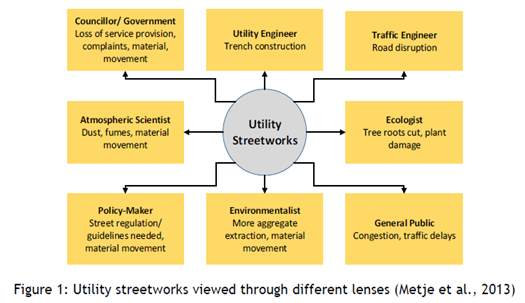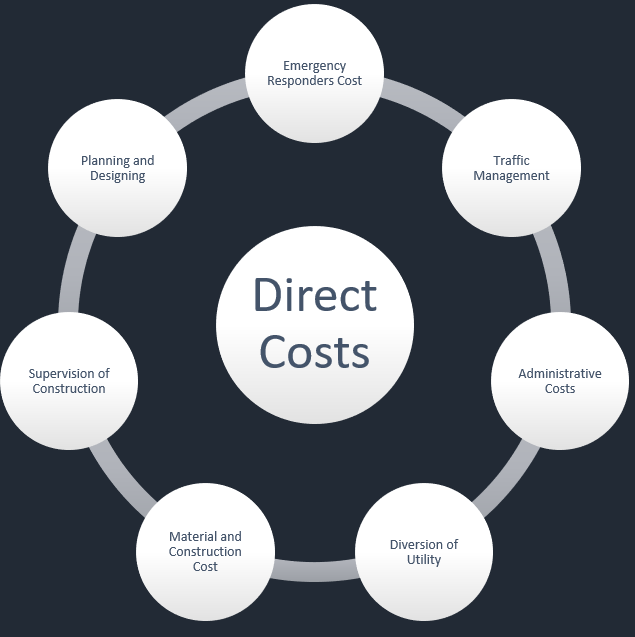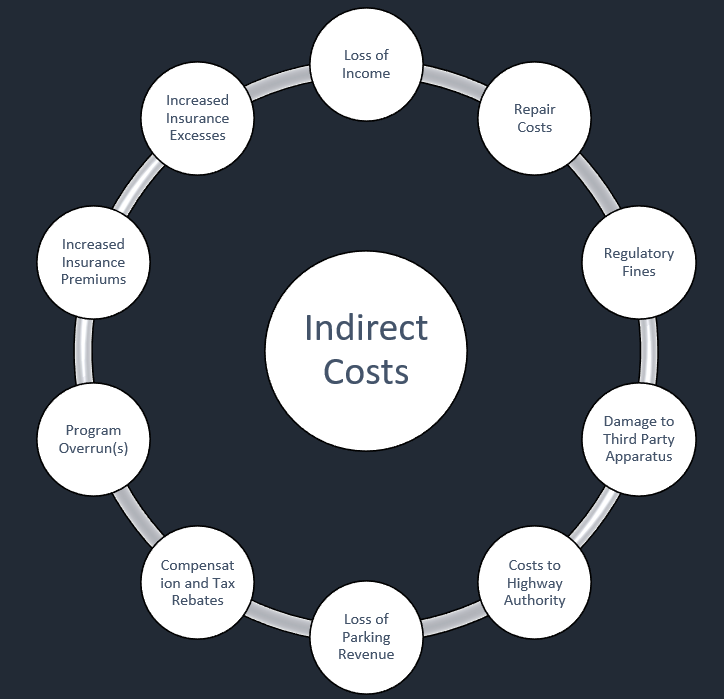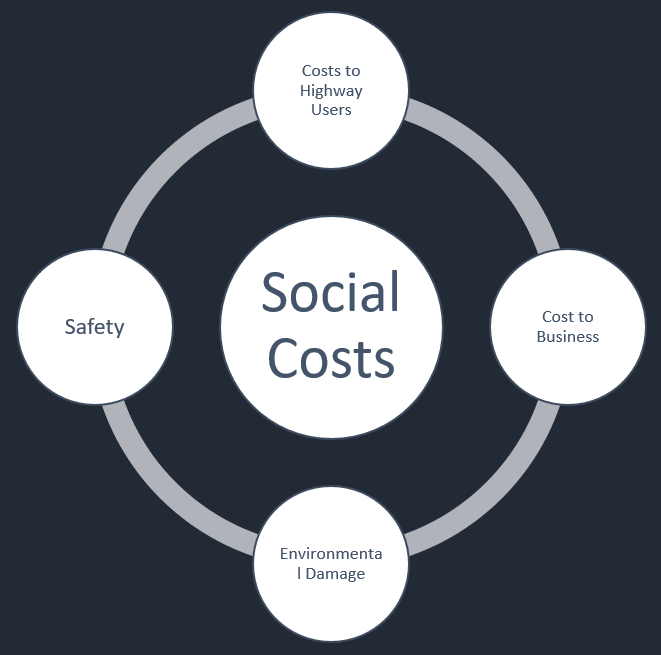Introduction
In the U.S. it is estimated that an underground utility is hit about every minute, and there were 439,000 known strikes with damage in 2017 (CGA-DIRT 2017). In the state of New Jersey, millions of excavations are carried out each year to install or repair buried pipes and cables or to construct new facilities, and some of those excavations has led to damages to buried utilities. These damages risked lives and interrupted service, inflicting substantial but unknown cost to the utility industry and the society at large. While the direct cost of these damages are often borne by the utility or construction companies, the social costs of these damages are often tremendous but are difficult to estimate, leading to the challenges to establish clear account abilities for the true cost of utility strikes. This issue is particularly pronouncing in the state of New Jersey as New Jersey has some of the most densely populated areas and the most intricate infrastructure systems in the Nation. The impact of utility is widely felt and far reaching, in addition to the various approaches it can be viewed and understood.


The direct costs are usually incurred by the utility contractors and are usually in the form of back-office costs, planning, material, plant and labour costs, construction costs, and so on. Indirect costs are those that are not directly linked or applied to construction cost categories. These are costs that are paid by contractor or owner to parties that are not directly linked to the construction. Insurance costs, loss of income of local businesses/residents, regulatory fines and so on are part of indirect costs. Social Costs are those that affects the society and they will not be compensated, they affect the communities near the incident, the environment and the surrounding infrastructure. Social costs usually cannot be assigned to a party because they are related to environment, safety and so on. They are associated with negative effects or externalities of the incident/construction work Such costs include environmental damages, traffic delays, pedestrian delays, costs to businesses, etc.
Taking into consideration the massive development of utility infrastructure underneath the NJ’s highways and buildings, its inevitable repair, maintenance as well as improvement long into the future, it is evident that the social costs will only escalate further in years to come. According to research study conducted by Metje et al. Jan 2016, the indirect and social costs valuated from the case study findings came up to an average of twenty-nine times larger than the direct cost of repair incurred on resolving the strike incident. The robustness of this ratio can be refined over time.




Needed is a robust tool that can be used to estimate the true cost of utility strikes. Such a tool would allow the NJBPU and the utility industry to identify the ways in which these costs can be minimized as well as gaps in knowledge requiring further research. The tool would also assist the NJ Board of Public Utility to implement enforcement measures on excavation damage prevention. Please click on the below link to access the tool.